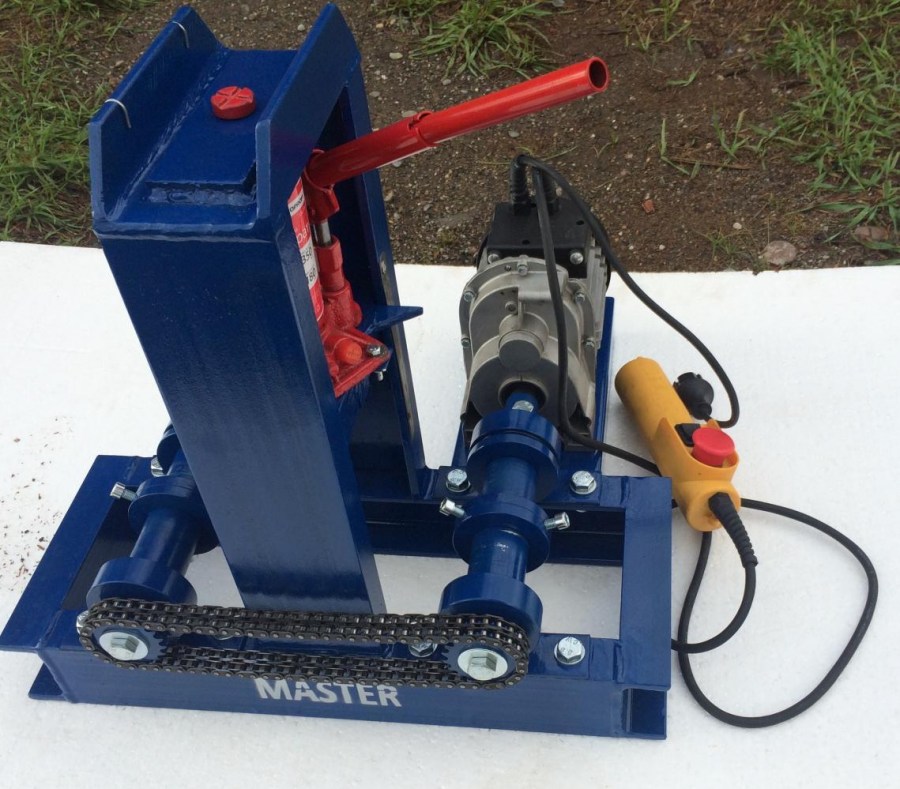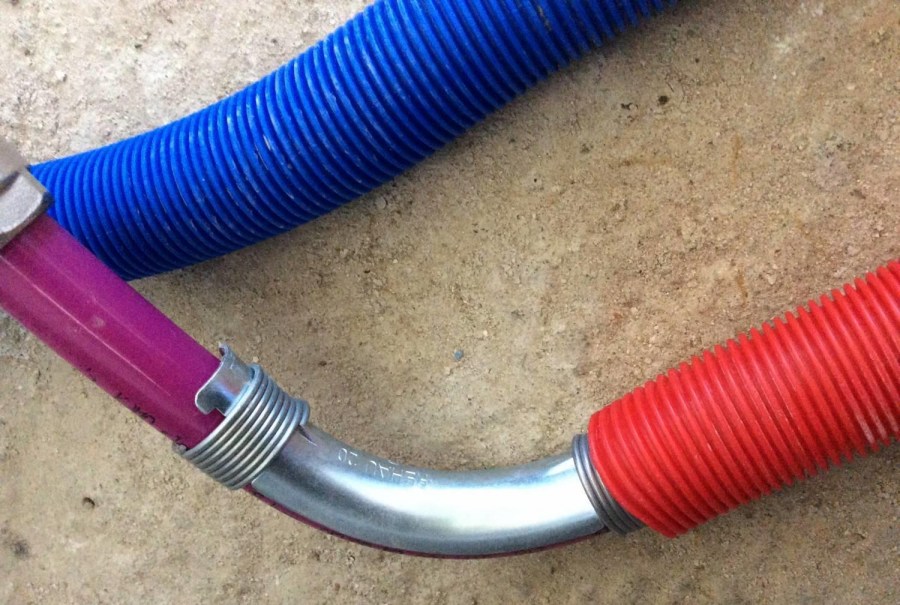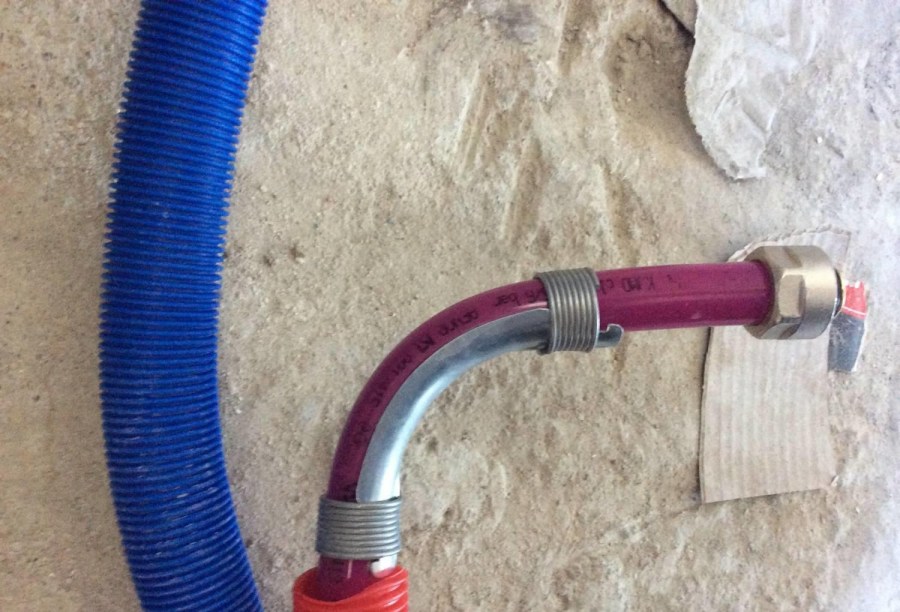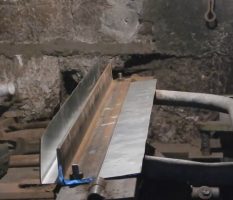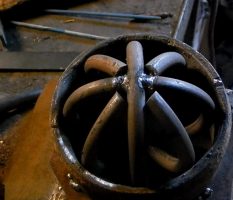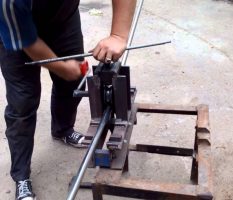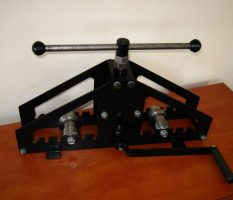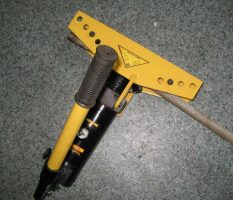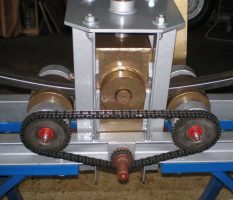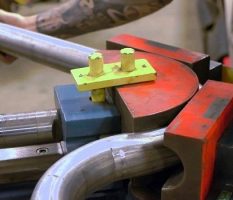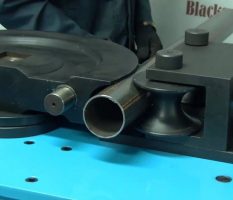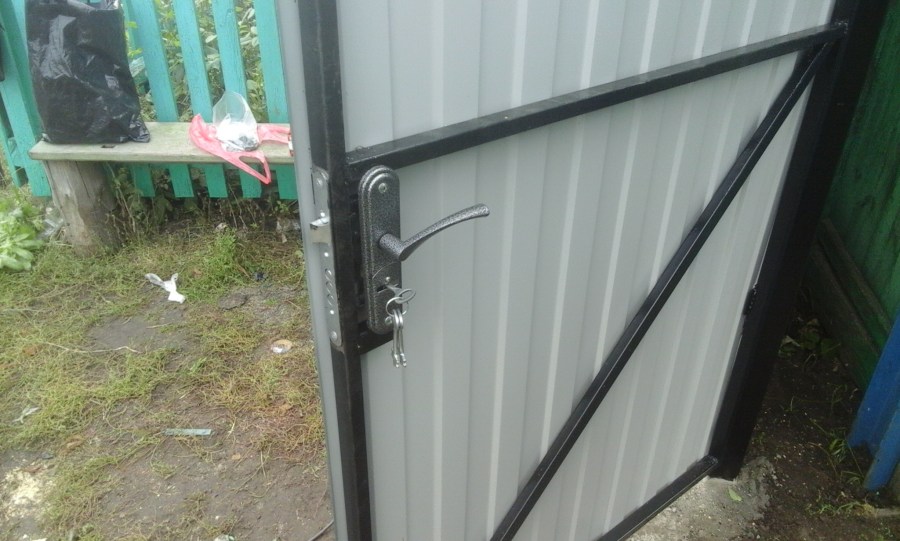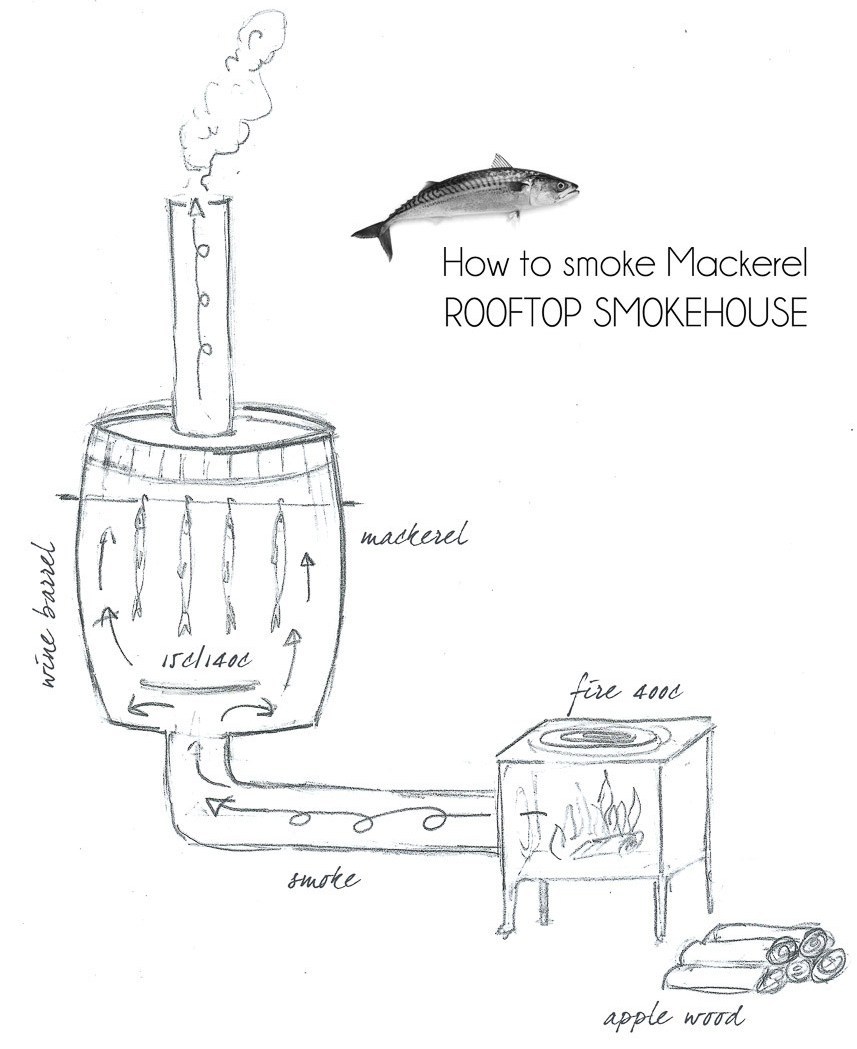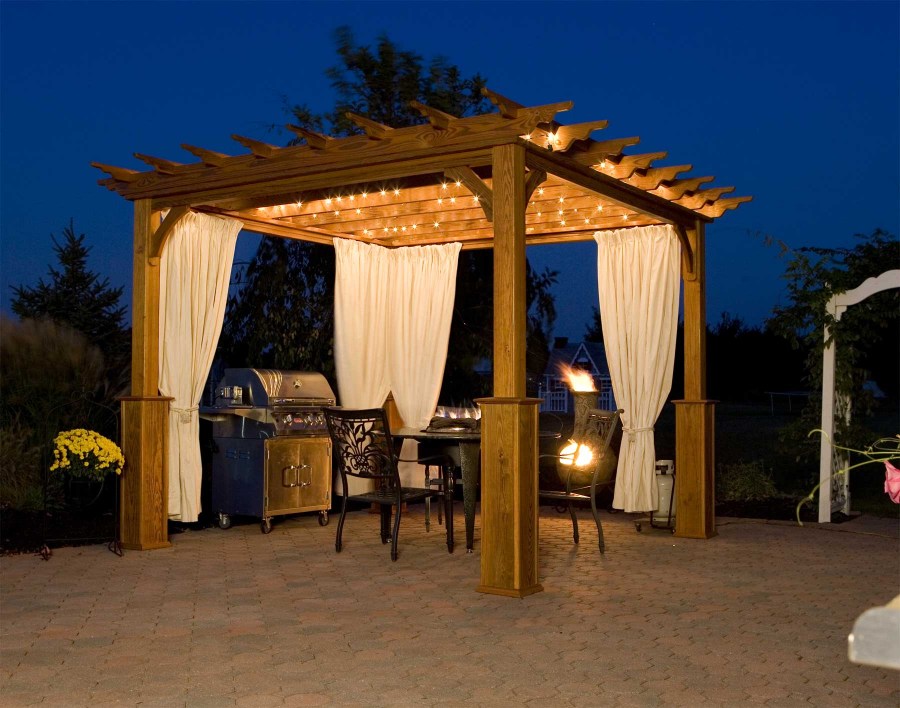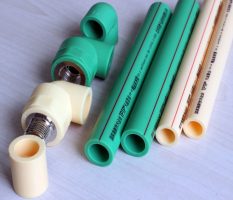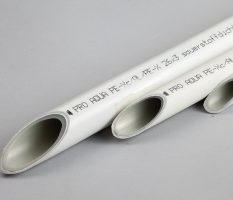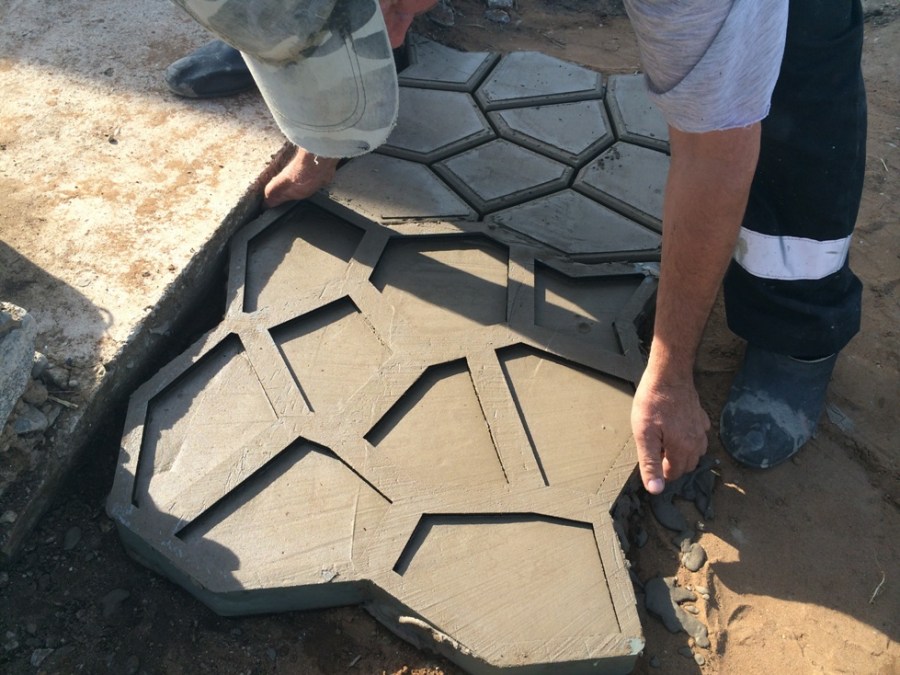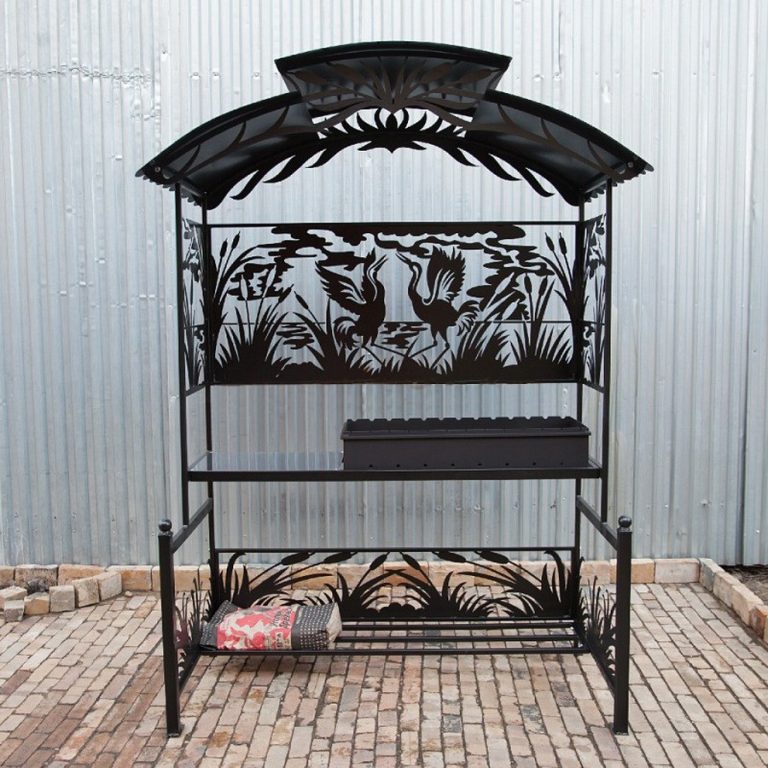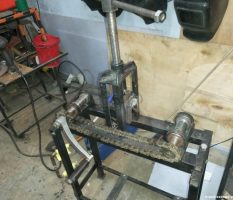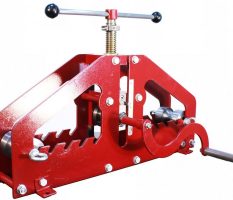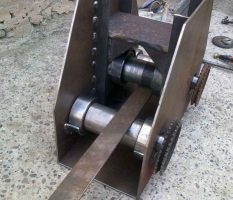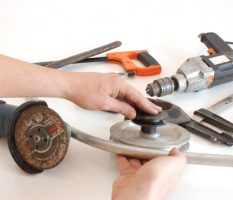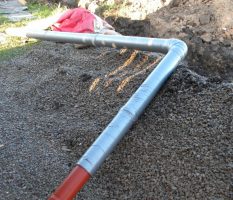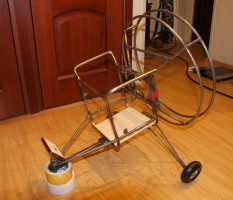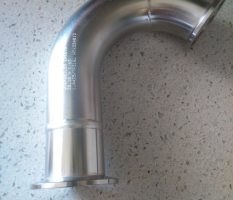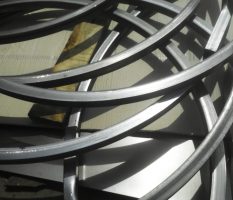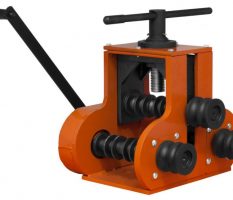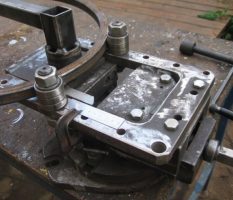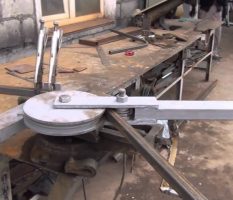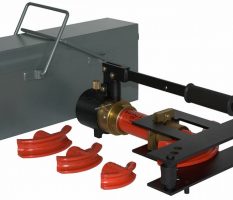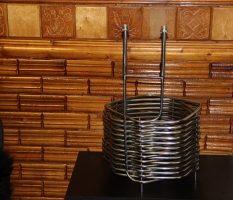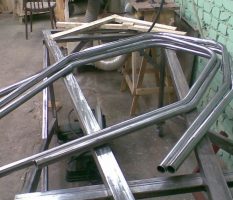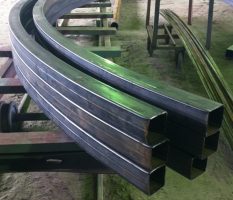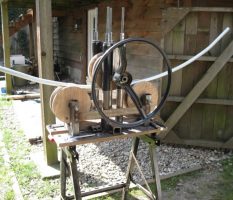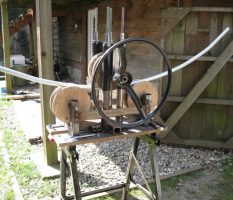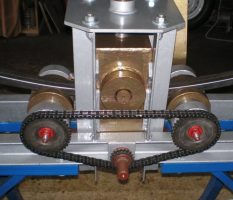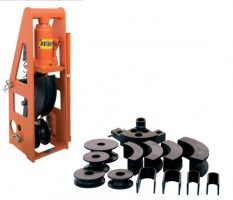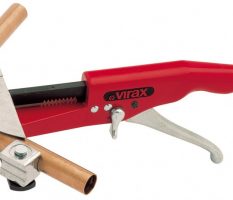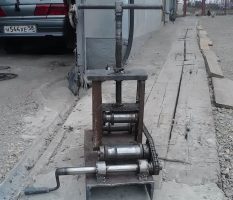How to bend a pipe at home? Overview of the most effective methods (80 photos)
Every second man on earth at least once in his life wondered how to bend a pipe on his own. The process can be carried out using a special device - a pipe bender. If this is not available, then there are a number of ways to bend the pipe at home without outside help. You will need personal protective equipment, lighting, a burner (building hair dryer), sand, a vice.
Varieties of pipes
Before you start the process, you need to determine the material from which the long hollow object is made. For each type of pipe there is a certain method of bending.
Plastic pipes
Currently, the market is littered with plastic products, pipes are no exception. But it is worth paying attention to that the wear resistance of such metal pipes is much less.
They are unlikely to be suitable for the operation of hot liquids, and they will not last long in open space under the influence of sunlight. However, they are actively used for sewerage and cold water supply.
Plastic pipes
Such pipes cope much more effectively with temperature extremes, are excellent for hot water supply, heating and are not exposed to frost. The composition of the pipes includes two materials, they in combination provide products with strength and durability.
The manufacturing method is a layer of plastic and thin sheets of metal. Despite the ability to withstand high temperatures, the pipes are brittle and are damaged by strong physical impact.
It should be noted that the composition of plastic pipes are divided into two main types: polyethylene and polyvinyl chloride.
The first in the composition have various types of polyethylene, withstand pressure and high temperatures.
The second ones are made of polyvinyl chloride, due to this they are durable and resistant to temperature changes, but are not used for water, since chloride has the property of being washed out of pipes and into the substance, therefore, into the human body.

Metal pipes
These pipes are widely used in laying pipelines, oil pipelines and gas pipelines. To date, for bulk pipeline networks there is no more durable and durable material.
Aluminum pipes
Despite the fact that this material is very flexible and easy to deform, it can only be used in industries or for the manufacture of structures.
Aluminum is able to release harmful substances into the environment, so it is not categorically suitable for pipelines.
Pipe bending methods
First you need to decide how the process will take place, and what you need to have at hand.
If you have a Volnov machine or a pipe bender, then the bending process will not be particularly difficult. With its help, it is possible to make a bend in the form of a bracket, a branch, a kalach and a duck. Pipes of different diameters from 15 to 25 mm are exposed.
The process is as follows:
- We place the pipe in the clamp of the machine with the long end
- The place where the bending will occur should be lubricated with machine or other oil.
- With effort, bend the short end of the pipe.
On the Internet, you can see the process in more detail in the photo, and understand how to bend the pipe using this machine.
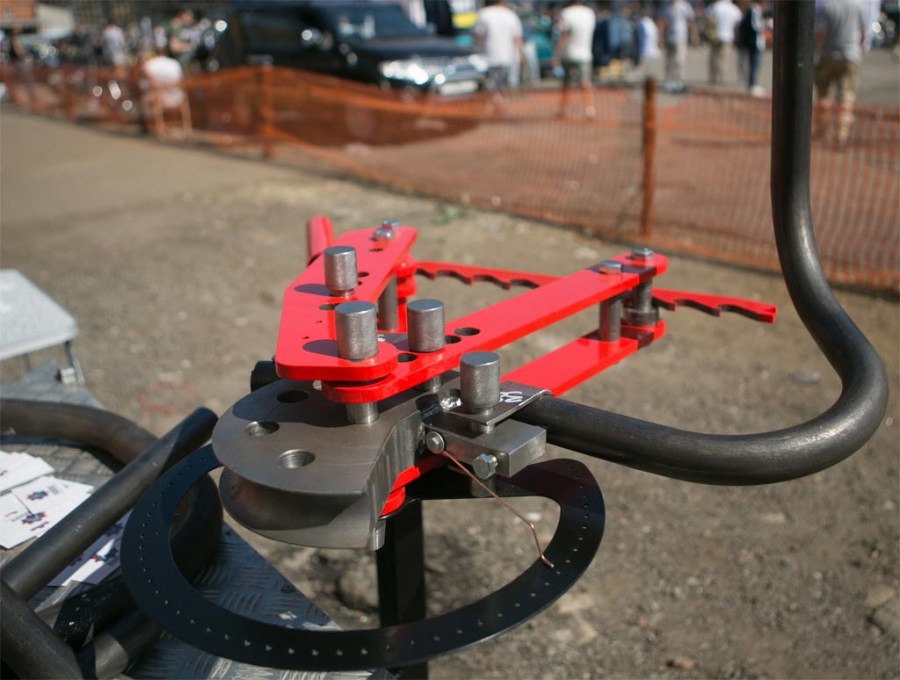
In the event that there is no such device at hand, you will have to make a little effort and take the process seriously.

Visually, it seems that when bending a metal pipe, everything happens well and the pipe does not deform. But in fact, folds form in the inner side of the bend, thereby reducing the radius of the pipe, and on the outer side the material undergoes severe stretching, due to which there is a possibility of microcracks.
The faster the bend occurs, the more likely it is to damage the pipe and render it unusable.
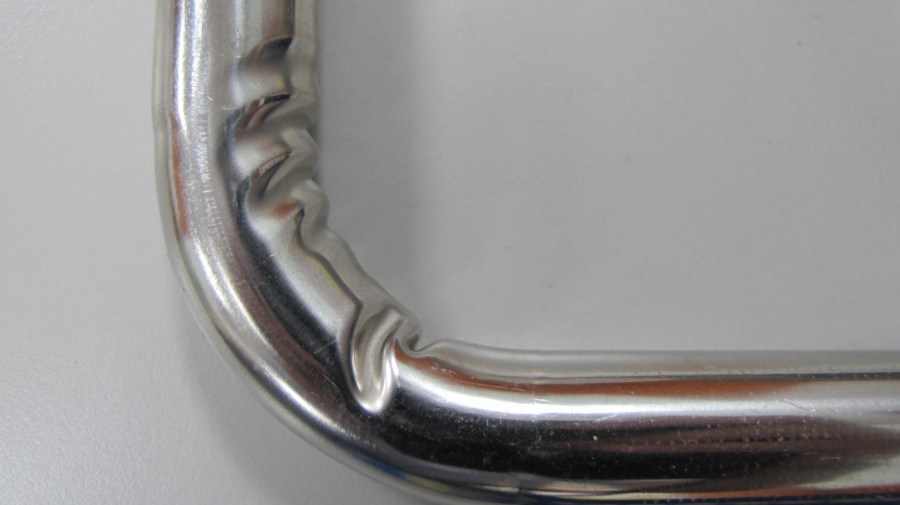
Before you begin to bend the pipe, you must heat it to the optimum temperature for bending. Experienced craftsmen advise checking the temperature with a paper sheet. If, when the paper touches the pipe, it begins to smolder, so you can start the process.
To avoid unwanted sharp bends, you need to fill the pipe with sand and clog it on both sides. Clamp and start the process.
It will take effort and time will take, but you will not have to resort to the help of specialists, purchase special equipment and you will know how to bend the pipe at home.
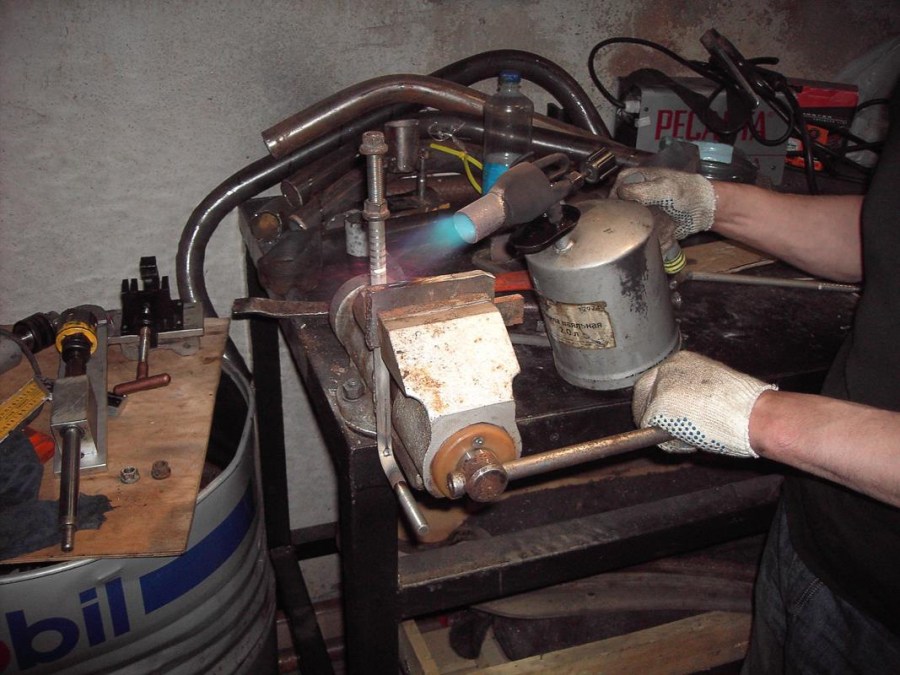
With plastic pipes, things are a little different. They are easier to bend, but the likelihood of microcracks is much higher. Unlike metal, it is worth monitoring the heating temperature, otherwise the pipe will simply burn.

Another disadvantage is that holes may not be visible to the plastic or even their rudiments, which in the future will make themselves felt at the most inopportune moment.

Pipes made of metal-plastic can not be heated, they are already bent perfectly due to the presence of an aluminum rod inside, you only need to take care of the stabilizer.
Thin plastic pipes often break when trying to bend, so you need to warm up the place of the planned bend with a construction hairdryer to a temperature of about 180-200 degrees and carefully bend. This will happen quickly and easily, just fix the finished bend and wait for the pipe to cool.
Bending of profile pipes is a little more complicated and it is worth approaching it more seriously. If the wall thickness of the pipe is less than 2 mm, you should not even try to bend the pipe, it will be easier to use welding during construction.

Pipe bending is carried out with heating pipes and in the cold state. Undoubtedly, a heated pipe will be easier to bend. Without heating, you can do it if the profile height is not more than 10 mm, in cases with a higher height it is worth using a burner.

Be sure to fill the profile with calcined sand, clogging the holes on both sides with wooden plugs, 7-10 mm long. Mark the bending point with chalk, place the pipe in a vise and start heating. Having reached the desired temperature, gently begin the bending process.

It is worth remembering about protective equipment: gloves and a mask. After comparing the obtained bend with the template, making sure that everything matches, wait until the pipe cools down, remove the plugs and pour out sand.

All methods show that you can independently and easily do without a pipe bender for bending pipes.
Photo tips for bending a pipe

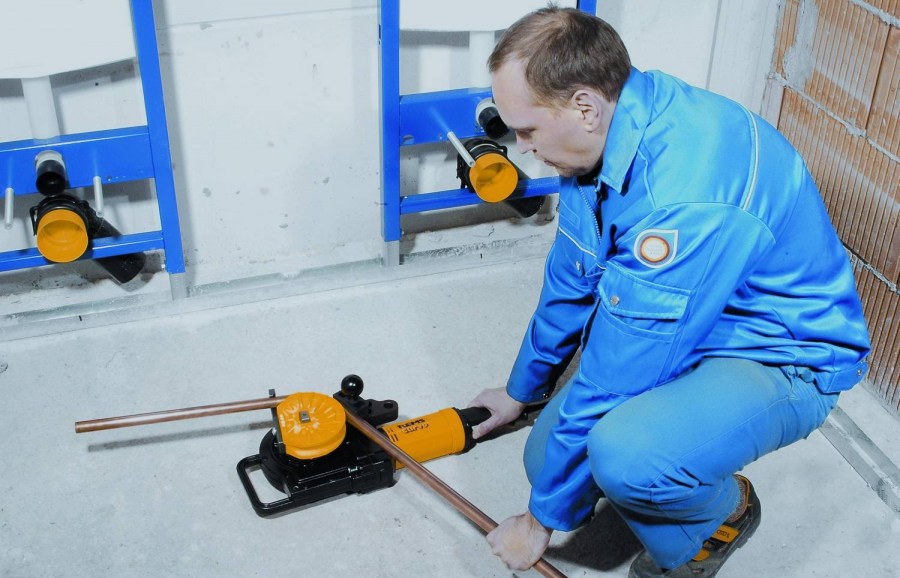
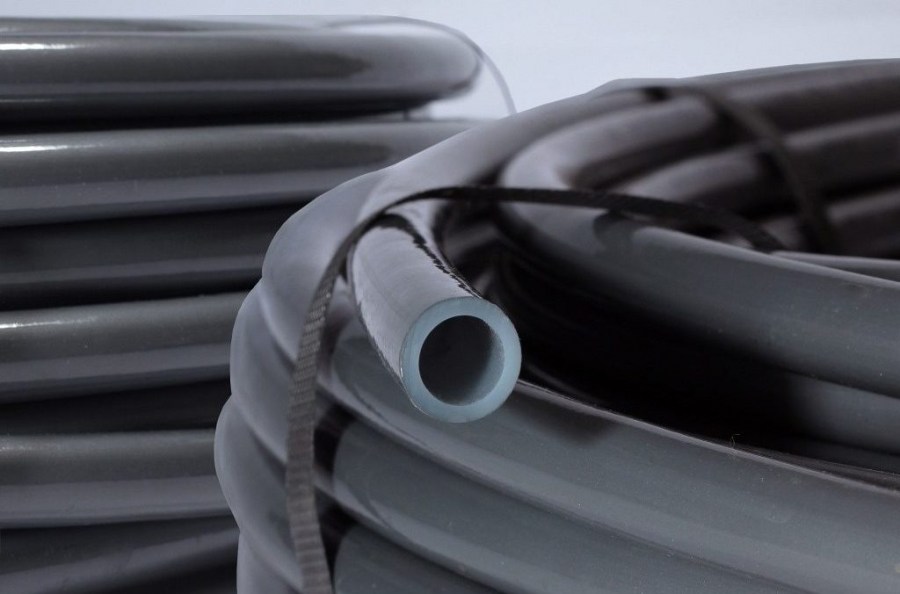
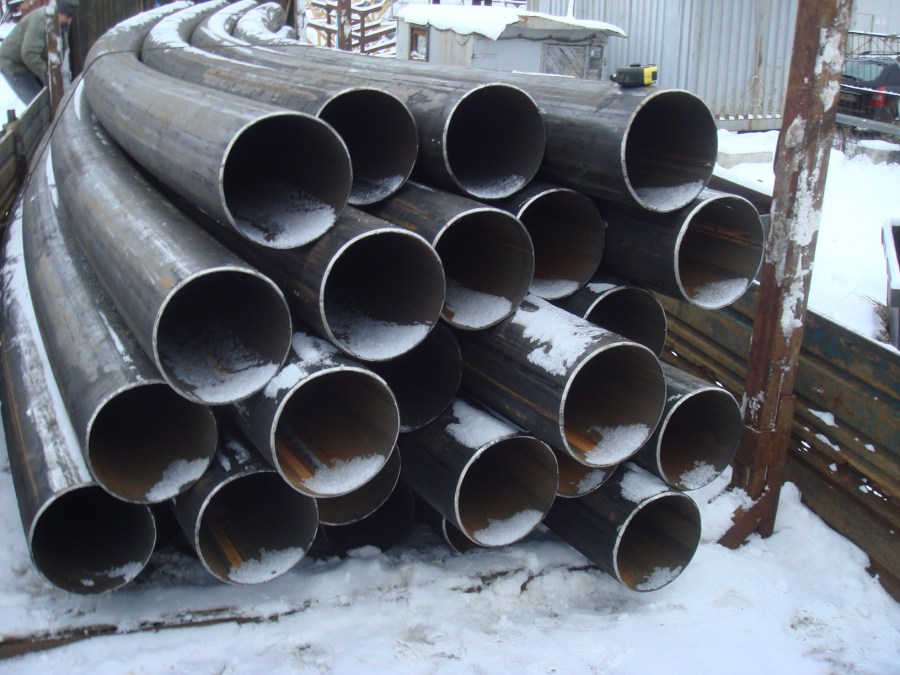




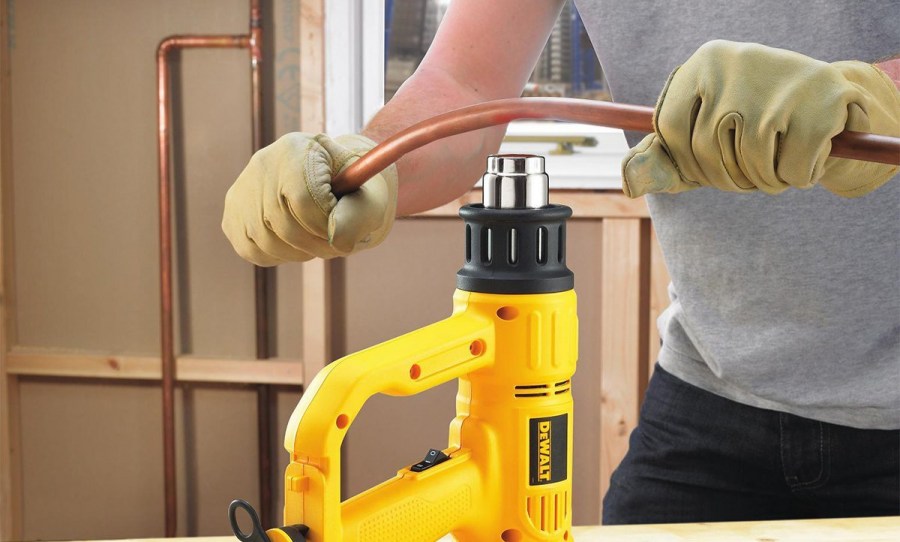



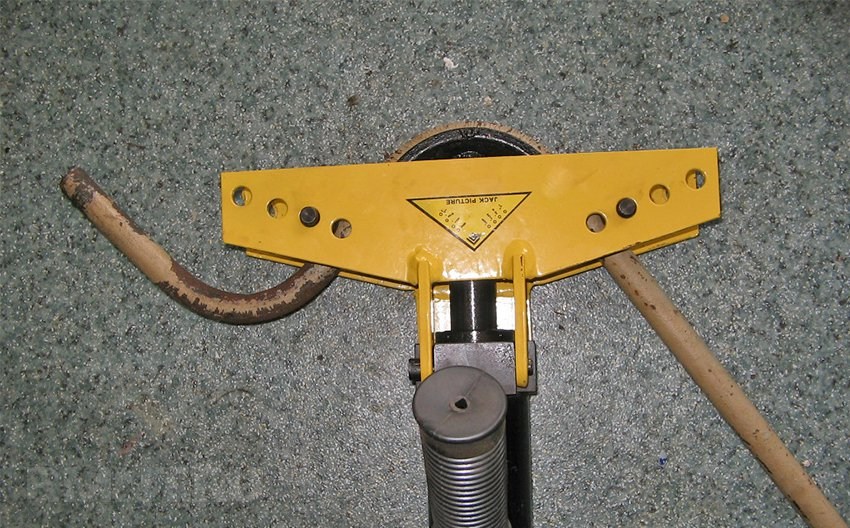
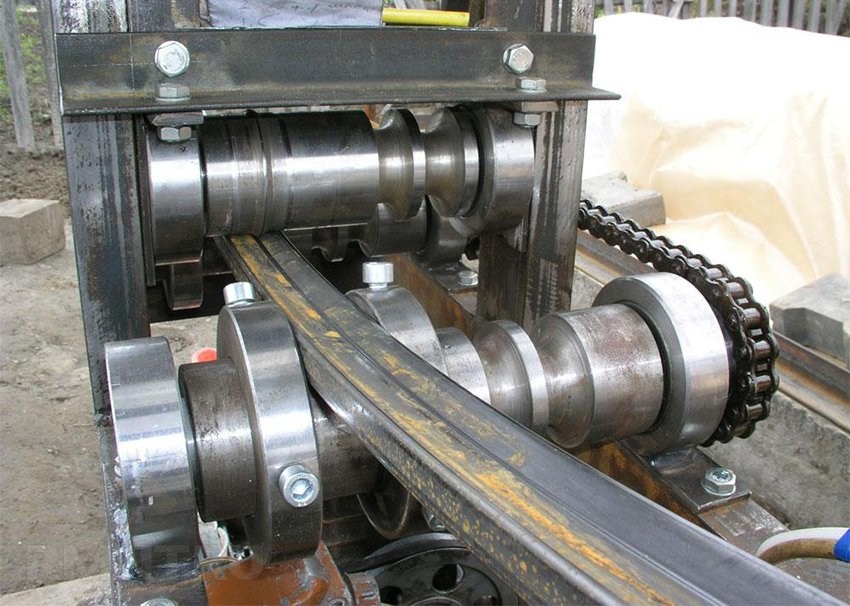


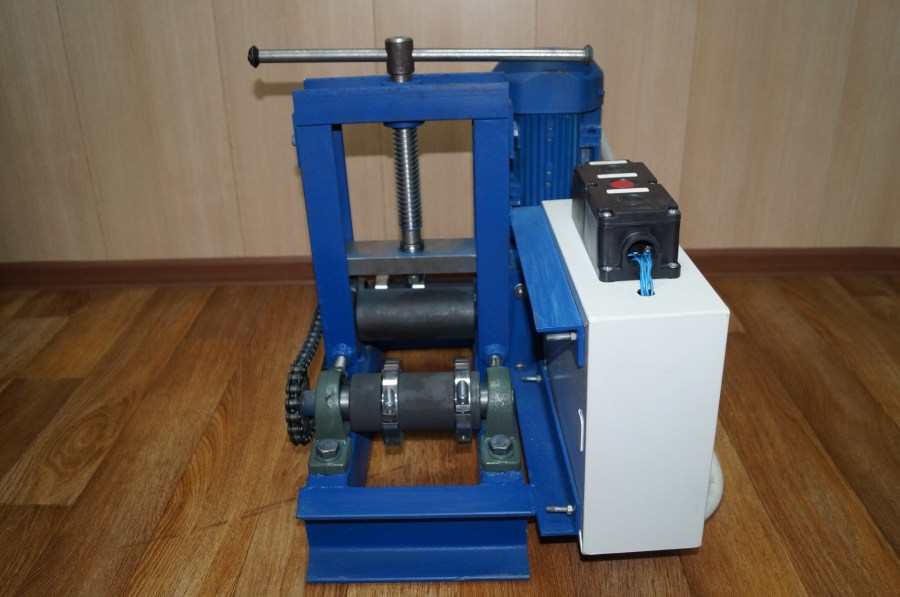



Pear: planting, care, vaccination and pruning with your own hands (100 photos + instructions)
Canopies made of polycarbonate: 100 photos of the best modern ideas for home and garden
Bathhouse in the country: design, construction and insulation with your own hands (100 photos)
Join the discussion:
